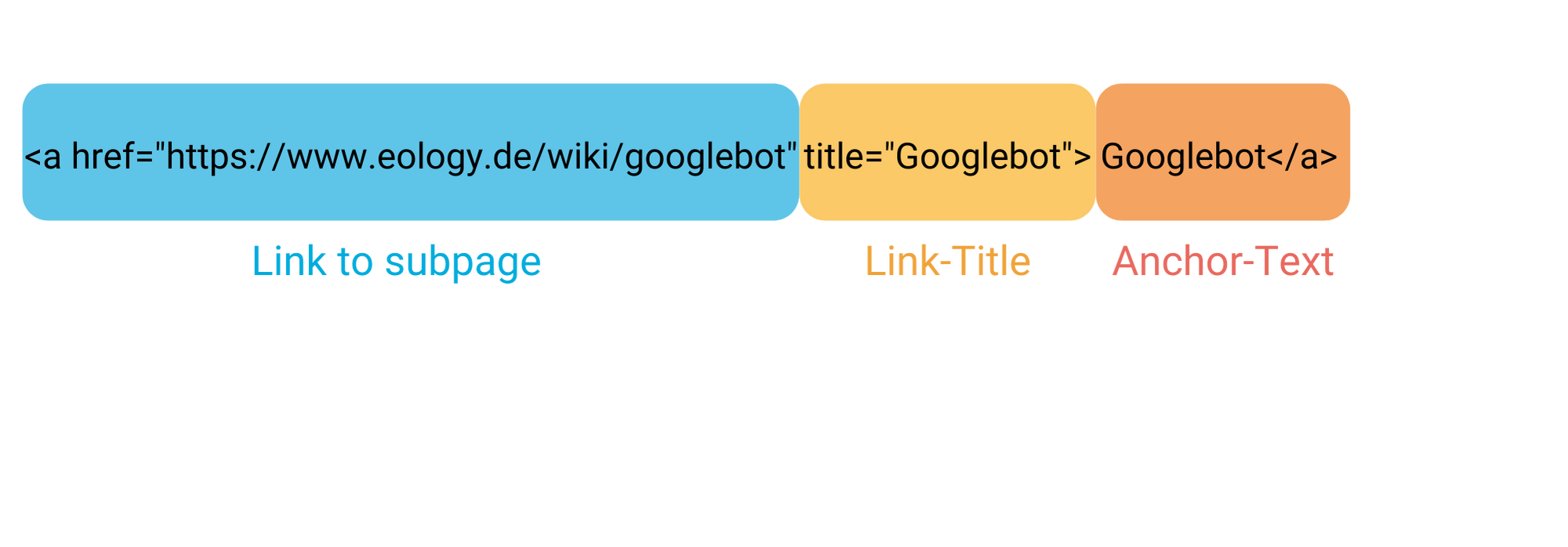Frontend is what happens in the foreground of a website, software or computer game. It is the visible area that is graphically presented to the user. Learn everything about frontend here! ... Continue reading


Internal links are hyperlinks that refer to subpages within a domain. They connect two pages of the same domain with each other. Especially in the on-page optimization of search engine optimization, the internal link structure makes up an important component that you should not disregard.
With internal linking, you can pass on the linking power of a strong page to various sub-pages. This helps your page to be perceived as trustworthy by Google. This has a positive effect on your ranking. The link power is a fictitious unit of measurement from which you can read how much energy the link passes on to the linked page. This can be done, for example, in the form of information to the search engine. This tells it that further content is interesting and relevant to the user. Also, internal links let the visitor of your website and the Googlebot clearly see which pages of your website are particularly important. Even with small pages, you should build the internal links from and to subpages logically and structured, to achieve advantages for the ranking.
An internal link shows the user, as well as the Googlebot, the way on your page – the so-called click path. The user receives hints from you for supplementary, further pages and additional information that he might not have found on his own. The better the user finds his way around your website, the longer he will stay on your site. In turn, your site benefits from the longer dwell time. By placing important and meaningful links on your website, you give your page structure and lead your visitor systematically through your website. Unlike external links, internal links do not lead the user away from your site.
You should always set internal links to the final URL and thus avoid redirects. If your links are redirected, the Googlebot will follow the redirects. If there are too many of them, the crawling process will be aborted. As a result, it will take longer until your page can be indexed. Moreover, with redirected internal links you send Google very unclear signals which page the bot should index.
An internal link consists of
Your source code view and structure will be as follows:

| Dos | Don’ts |
| Set interesting links for the user | Do not link inappropriate and irrelevant topics to each other |
| Make your link recognizable for the user, you can e.g. highlight it with color | Do not hide your links, for example by using white text on a white background. Google notices that and penalizes that |
| Create your anchor text with a meaningful keyword | Use different anchor texts for different link targets |
| Google can read the link title, so choose it appropriately | Your links should be checked regularly by you to avoid redirecting them to incorrect pages |
| Set your internal links sensibly and not in excess (e.g. not 50 links on one page) | Do not use redirected URLs if possible |
You want to learn more about exciting topics?